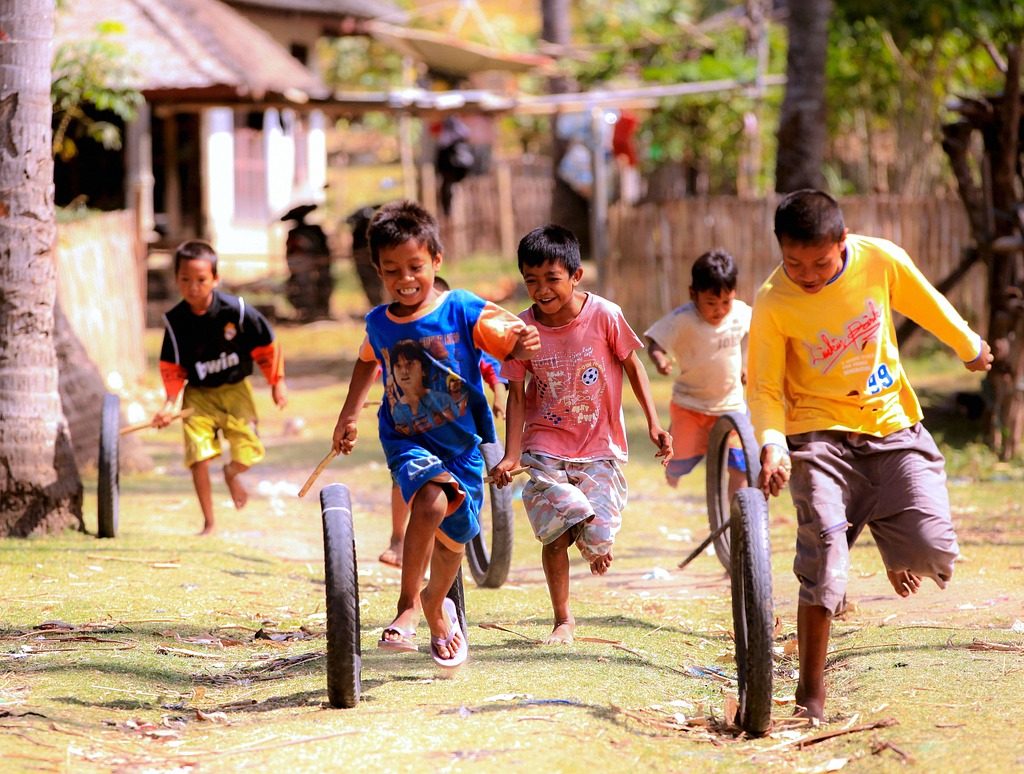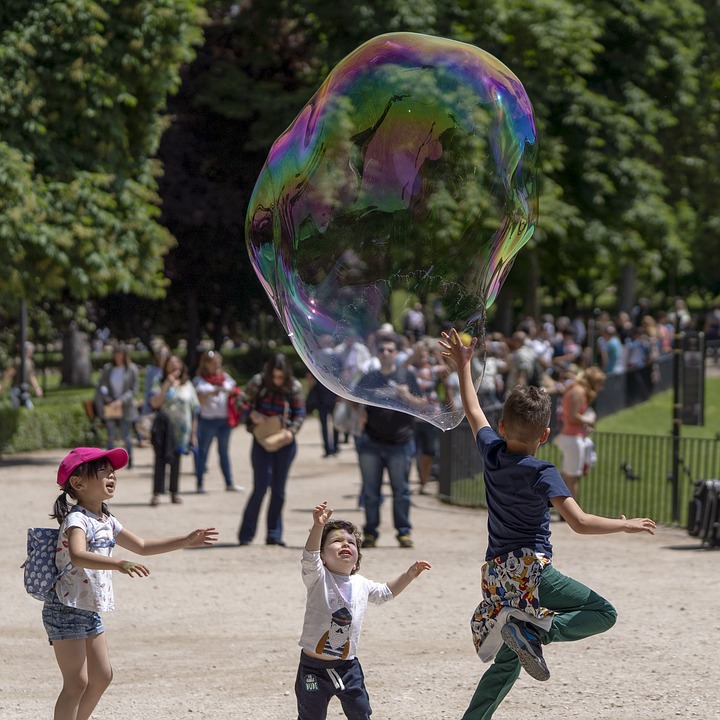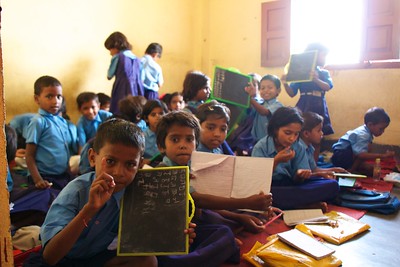By Supriya Kaushik

If I ask you to think about the word childhood, you would probably associate it with concepts or feelings of freedom, happiness, oblivion, safety, innocence and the like. However, if the focus of this question is brought to the context of India, the response would incline towards the grim reality that represents the childhood experiences here. Now, the question is “Why did our prototypical conception of childhood change?” To understand this, we need to focus on two major streams of thought.
Firstly, the former description of childhood is a generic, globally accepted one, although it’s being looked at solely from the vantage point of the Western world. The child, as a representation of freedom, equality and individuality was born in 18th century Europe. Since then, the exemplary work of scholars like Jean Piaget and Sigmund Freud have dictated the boundaries of childhood, while entirely separating it from adulthood. Rapid generalization of their viewpoints and experimental findings to children living in a plethora of conditions all over the world led to the establishment of their theories, which further influenced the formation of our conceptions of childhood experiences. However, what remained hidden in these multi-fold and overlapping postulations was the Indian understanding of childhood. The immense influence of the global discourse encompassing childhood on the Indian understanding of the term has left us longing for either a complete replication of the Western experience or a continuous contrast with it. For instance, the idea of protecting children is majorly a Western one. Protection can be classified into two facets, namely physical protection of children from induction into work and protection of the child from the social practice of sexuality. The former one proved to be more difficult for a country like India, where family labour has always been a prominent factor in the agrarian economy. Moulded by the Western idea of protection, child labour was consequently banned, although it remains prevalent in many parts of the nation. Similarly, sexual protection was also secured for children to allow them to grow into sexual beings at their own pace. With the flourishing of the information and communication world, however, the parental control has drastically reduced, with children being given enough autonomy to access anything and everything as per their desire or requirement with just a click. Such a transformational experience also gives us a sense of the relatively fluid nature of these conceptions.

The second factor takes us back to the pre-independence era, wherein our understanding of Indian childhood was disregarded by the British colonials as primitive, bizarre and irrelevant. Olga Nieuwenhuys (2009) believes that this can somewhat explain our pre-occupation with the problems faced by children in India while conveniently ignoring all other aspects. Indeed, a closer look would reveal that the governmental and non-governmental agencies have categorized the lives of children into a multitude of “problems” such as children from the socially under-served sections, child labour, and slum children, to name a few. Thus, it is the focus of these agencies, along with constant comparisons with the West that have given rise to our quintessence of Indian childhood.
Another important aspect of childhood that needs deeper analysis is the process of socialization. With increasing age, the child’s horizons of growth, both physical and intellectual, expand gradually. While this holds for most children, there are certain developments such as placing restrictions on physical movement, increasing bodily consciousness and encouraging the creation of stringently placed self-boundaries that are considered exclusively in the case of girls. Yet another rather implicit-but-continuously occurring distinction is in the way a child’s mind is prepared for adult life. Quite unsurprisingly, females are all dolled up for their life’s dual “purposes” of matrimony and motherhood, as established by societal expectations. And it is here that I can’t help but wonder how such different experiences of socialization are clubbed under the purview of childhood? But again, haven’t scholars quite conveniently ignored experiences of girlhood by just generalizing child development principles to them? Then what are all these notions truly about – Childhood or Boyhood?

The last segment deals with our education system and attempts to address two basic questions for a child: “Is the voice of an Indian child heard?” and “What are the incentives being given to children for attending school regularly?” To ensure that a child’s voice is heard, the RTE (2009) has entrusted certain structures such as the commissions at both the national and state level to protect child rights. However, these institutions receive very few cases, which can be attributed to two main reasons due to limited awareness and an unsatisfactory resolution rate. This points out to the fact that there is only a limited stance that children get to take in Indian education. Additionally, the choice and incentives given to the children are quite dismal. Barring a few alternative schooling mechanisms that have recently sprung up in India in several cities, the pedagogy used remains conventional. This plays a significant role in negatively influencing attendance and drop-out rates. As long as the chalk-and-talk teaching style remains dominant, the incentives for children will continue to be low. In this regard, steps to ensure that children have an active and participatory role in the Indian Education system need to be taken. Interventions and training must be conducted for teachers as well as parents since their active participation in a child’s learning years can be extremely beneficial. Research suggests that parental support can help in effectively balancing the effects of living in conditions of prolonged deprivation. Additionally, several schools have started to introduce social and emotional learning (SEL) for students due to its manifold advantages.
Finally, there exists a dire need to understand as to what constitutes Indian childhood by re-thinking it in a more holistic and detailed manner. It is the accurate comprehension and analysis of their experiences that will provide us future insights to enhance the functioning of the education system as well as the process and ways of socialization in India.
Supriya is currently pursuing a Bachelors degree in Psychology from Lady Shri Ram College for Women. A self confessed bibliophile, books are her constant source of solace. She finds it liberating to express her ideas through various forms of art.


